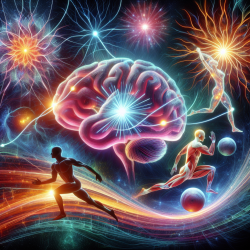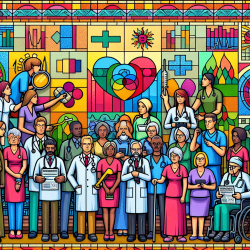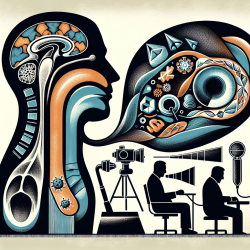Introduction
In the realm of stroke rehabilitation, the quest for innovative and effective treatments is unending. A recent study titled "Structural white matter changes in descending motor tracts correlate with improvements in motor impairment after undergoing a treatment course of tDCS and physical therapy" offers promising insights into the potential of combining transcranial direct current stimulation (tDCS) with physical therapy. This approach could revolutionize how practitioners address motor impairments post-stroke, leveraging the brain's remarkable ability to reorganize itself, known as neuroplasticity.
The Study at a Glance
Conducted by researchers at the Neuroimaging and Stroke Recovery Laboratory, Harvard Medical School, the study explored the effects of bihemispheric tDCS combined with physical and occupational therapy on stroke patients. The research demonstrated significant improvements in motor function, as evidenced by increased Upper-Extremity Fugl-Meyer (UE-FM) scores and changes in fractional anisotropy (FA) within the brain's white matter.
Key Findings
- Participants who received the combined tDCS and physical therapy treatment showed a 21% improvement in UE-FM scores, a measure of motor function.
- Significant increases in FA were observed in the ipsilesional alternate motor fibers (aMF), indicating enhanced fiber alignment and integrity.
- The study suggests that these structural changes correlate with functional improvements, highlighting the potential of targeted brain stimulation in stroke recovery.
Implications for Practitioners
For practitioners in the field of rehabilitation, these findings underscore the importance of integrating neurostimulation techniques with traditional therapy methods. Here are some ways to implement these insights:
- Adopt a Multimodal Approach: Incorporate tDCS into rehabilitation programs to enhance the efficacy of physical and occupational therapy.
- Focus on Neuroplasticity: Encourage practices that promote brain reorganization, such as task-specific training and repetitive exercises.
- Stay Informed: Keep abreast of the latest research and technological advancements in neurostimulation to provide cutting-edge care.
Encouraging Further Research
While the study presents compelling evidence, it also opens the door for further exploration. Practitioners are encouraged to engage in research to refine these techniques and understand their long-term effects. Collaboration with research institutions can facilitate access to resources and expertise, fostering innovation in treatment methodologies.
Conclusion
The intersection of tDCS and physical therapy represents a beacon of hope for stroke survivors. By embracing these advancements, practitioners can significantly enhance recovery outcomes, offering patients a better quality of life. As we continue to unravel the complexities of the brain, the potential for groundbreaking therapies grows ever closer.
To read the original research paper, please follow this link: Structural white matter changes in descending motor tracts correlate with improvements in motor impairment after undergoing a treatment course of tDCS and physical therapy.










